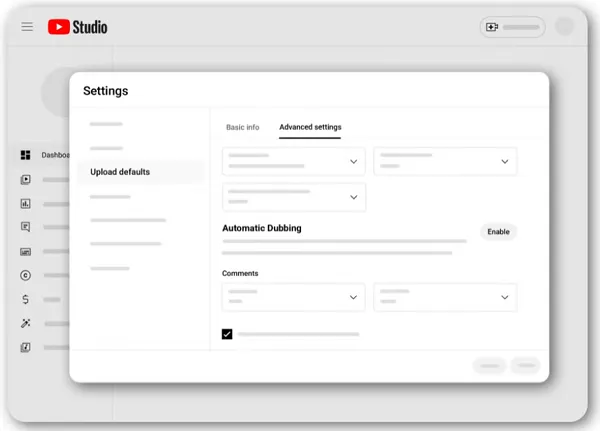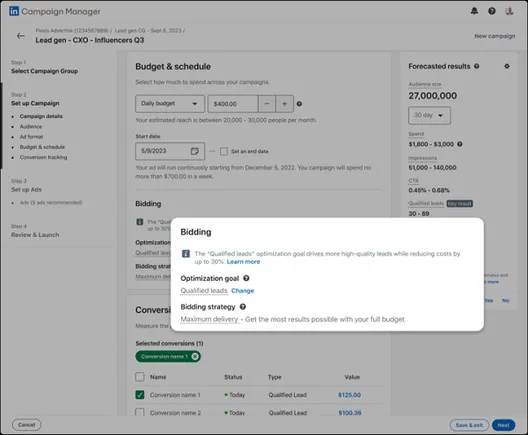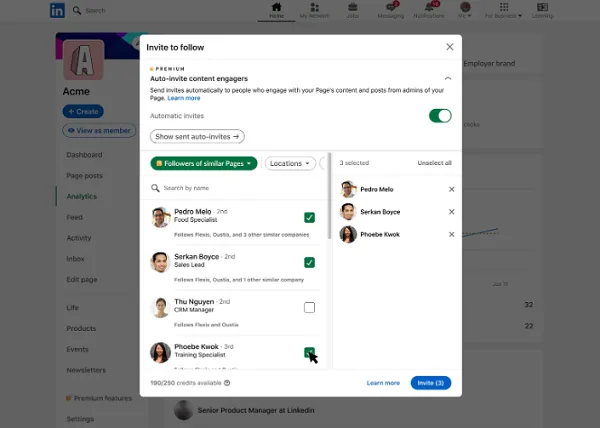How nonprofits can strategically tap corporate funding
The Fast Company Impact Council is an invitation-only membership community of leaders, experts, executives, and entrepreneurs who share their insights with our audience. Members pay annual dues for access to peer learning, thought leadership opportunities, events and more. With the U.S. government reducing and, in some cases even freezing federal funding, many nonprofits will need to seek other sources of philanthropic support. According to the 2024 Giving USA Report, corporate charitable giving in the U.S. totaled $36.6 billion in 2023, making it the fastest-growing nonprofit revenue source over the past five years. But less quantifiable is the value many corporate funders provide in addition to financial support. Most corporate philanthropies are not interested in merely signing a check or attaching their logo to an event. Instead, they are looking for ways to strategically collaborate with organizations and the communities they serve through time, talent, and treasure. The 3T’s: Time, talent, and treasure Companies want to make a difference in the places where their employees and key stakeholders live, work, and play. One of the greatest corporate resources that the country’s 1.8 million nonprofits can tap into is time, especially through skills—and service-based volunteer opportunities for companies’ employees. A 2023 global study conducted for Ares Management by Edge Research found that employees who volunteer through their workplace are twice as likely to recommend their organization to job seekers than those who don’t volunteer. In addition, do not overlook the ways your nonprofit can benefit by leveraging those employees’ talents. Nonprofits can request pro bono support in the form of guidance and counsel from employees who are subject matter experts and will find that employees are generally more than willing to share their skills at no cost. Of course, it is critical for nonprofits to pair the benefits of time and talent with treasure, i.e., the funds needed to help them increase their reach and impact. But building connections by first seeking employees’ time and talent can actually strengthen grant applications and unlock corporate fiscal support because there’s already corporate buy-in. 5 ways to unlock corporate support Here are five ideas to increase the likelihood that corporate philanthropies will collaborate with and fund your nonprofit. 1. Align with the corporate mission Understand the funder’s giving priorities, funding cycles, and core values. Make sure you can answer these questions: Does your nonprofit share a similar mission, vision, and strategic objectives? What other nonprofits has the company previously supported? Was the company’s support in the form of time, talent, treasure, or some combination of these? 2. Make a connection Introduce yourself to the corporate giving or philanthropy officer by sending a quick email or LinkedIn message. Share information about your organization and how it aligns with the company’s philanthropic priorities and values. Include two potential ways you could collaborate, but do not send a proposal until you have had a chance to learn more about the company and are certain there is alignment. 3. Build partnership Before asking for funding, establish a relationship with the company. One method with proven success is connecting through a project that allows the company’s employees to identify with your nonprofit’s mission through volunteerism. The more you can communicate the importance of your organization’s work to a potential corporate funder’s employees and engage them, the greater the opportunity for you to make the case for grant support or sponsorship. 4. Be clear, concise, cogent, and compelling Be clear about the type of support you are seeking and be able to talk about the potential geographic and demographic reach of what you’re proposing for support. Share your past accomplishments and proven impact, and be very clear about the societal challenge you are seeking to solve with the requested funding. Keep in mind that proposals that introduce new approaches to solving long-term problems are often favored. 5. Engage in storytelling Describe what success will look like and explain how you will communicate that success to the world. Showcase the story you will tell about your nonprofit’s achievements and how your funder played a role in that success. As we head into a sustained period of change, keep in mind that corporate philanthropies are looking to partner with organizations that address societal challenges and bring meaningful benefits to their local communities where they do business. When nonprofits bring partnership opportunities that demonstrate a deep sense of purpose and compelling vision, they can unlock a treasure chest of benefits. Michelle Armstrong is president of the Ares Charitable Foundation.

The Fast Company Impact Council is an invitation-only membership community of leaders, experts, executives, and entrepreneurs who share their insights with our audience. Members pay annual dues for access to peer learning, thought leadership opportunities, events and more.
With the U.S. government reducing and, in some cases even freezing federal funding, many nonprofits will need to seek other sources of philanthropic support.
According to the 2024 Giving USA Report, corporate charitable giving in the U.S. totaled $36.6 billion in 2023, making it the fastest-growing nonprofit revenue source over the past five years. But less quantifiable is the value many corporate funders provide in addition to financial support. Most corporate philanthropies are not interested in merely signing a check or attaching their logo to an event. Instead, they are looking for ways to strategically collaborate with organizations and the communities they serve through time, talent, and treasure.
The 3T’s: Time, talent, and treasure
Companies want to make a difference in the places where their employees and key stakeholders live, work, and play. One of the greatest corporate resources that the country’s 1.8 million nonprofits can tap into is time, especially through skills—and service-based volunteer opportunities for companies’ employees. A 2023 global study conducted for Ares Management by Edge Research found that employees who volunteer through their workplace are twice as likely to recommend their organization to job seekers than those who don’t volunteer.
In addition, do not overlook the ways your nonprofit can benefit by leveraging those employees’ talents. Nonprofits can request pro bono support in the form of guidance and counsel from employees who are subject matter experts and will find that employees are generally more than willing to share their skills at no cost.
Of course, it is critical for nonprofits to pair the benefits of time and talent with treasure, i.e., the funds needed to help them increase their reach and impact. But building connections by first seeking employees’ time and talent can actually strengthen grant applications and unlock corporate fiscal support because there’s already corporate buy-in.
5 ways to unlock corporate support
Here are five ideas to increase the likelihood that corporate philanthropies will collaborate with and fund your nonprofit.
1. Align with the corporate mission
Understand the funder’s giving priorities, funding cycles, and core values. Make sure you can answer these questions:
- Does your nonprofit share a similar mission, vision, and strategic objectives?
- What other nonprofits has the company previously supported?
- Was the company’s support in the form of time, talent, treasure, or some combination of these?
2. Make a connection
Introduce yourself to the corporate giving or philanthropy officer by sending a quick email or LinkedIn message. Share information about your organization and how it aligns with the company’s philanthropic priorities and values. Include two potential ways you could collaborate, but do not send a proposal until you have had a chance to learn more about the company and are certain there is alignment.
3. Build partnership
Before asking for funding, establish a relationship with the company. One method with proven success is connecting through a project that allows the company’s employees to identify with your nonprofit’s mission through volunteerism. The more you can communicate the importance of your organization’s work to a potential corporate funder’s employees and engage them, the greater the opportunity for you to make the case for grant support or sponsorship.
4. Be clear, concise, cogent, and compelling
Be clear about the type of support you are seeking and be able to talk about the potential geographic and demographic reach of what you’re proposing for support. Share your past accomplishments and proven impact, and be very clear about the societal challenge you are seeking to solve with the requested funding. Keep in mind that proposals that introduce new approaches to solving long-term problems are often favored.
5. Engage in storytelling
Describe what success will look like and explain how you will communicate that success to the world. Showcase the story you will tell about your nonprofit’s achievements and how your funder played a role in that success.
As we head into a sustained period of change, keep in mind that corporate philanthropies are looking to partner with organizations that address societal challenges and bring meaningful benefits to their local communities where they do business. When nonprofits bring partnership opportunities that demonstrate a deep sense of purpose and compelling vision, they can unlock a treasure chest of benefits.
Michelle Armstrong is president of the Ares Charitable Foundation.

































































































































































































![How to Find Low-Competition Keywords with Semrush [Super Easy]](https://static.semrush.com/blog/uploads/media/73/62/7362f16fb9e460b6d58ccc09b4a048b6/how-to-find-low-competition-keywords-sm.png)
